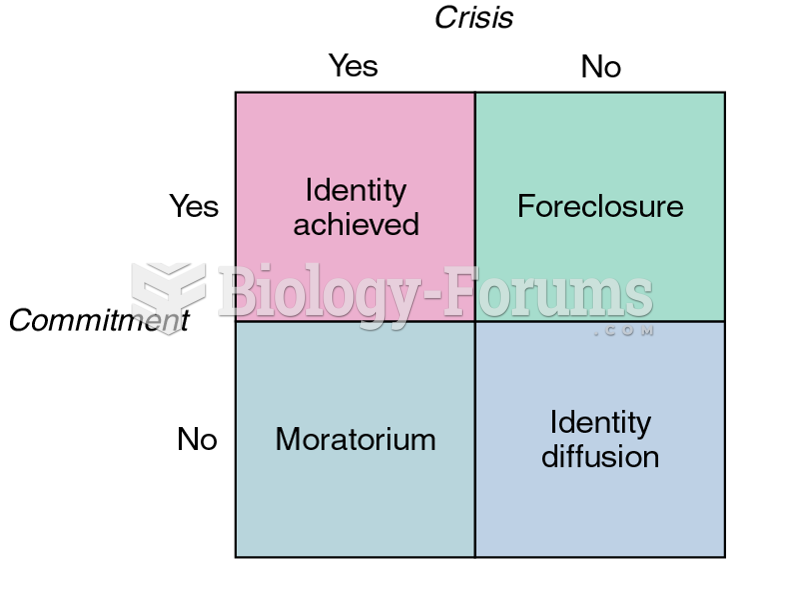Answer to Question 1
Identity theft involves someone using your private information to assume your identity. Identity theft rose between 2000 and 2003; however, it has now stabilized: Identity fraud victims as a percent of the United States adult population?declined slightly from 4.7 to 4.0 between 2003 and 2006. According to Javelin Strategy and Research, which issues a report on identity fraud each year, identity fraud continued to rise every year until, in 2010, the number of victims decreased 28 percent, reaching an 8-year low. The decreases in fraud could be due to stricter standards and checks by lenders and increased security and law enforcement. However, the average amount that fraud victims had to pay increased from 387.00 to 681.00 . Javelin Strategy and Research traces the increased dollar amount per victim to new account fraud. In new account fraud, someone opens an account without your knowledge. New account fraud cost 27 billion in 2010 . The only type of identity fraud that rose was theft by someone known to the victim (a relative or roommate); this grew by 7 percent. This report also finds data breaches down from 221 million to 26 million records. However, according to the Identity Theft Resource Center, data breaches, or event that potentially put a person's name, Social Security number, drivers license number, medical record or financial record (credit or debit card) potentially at risk, either in electronic or paper form, increased 33 percent from 2009 to 2010 . In 2010, there were 662 data breaches, putting 16,167,542 records at risk. Twenty percent of these were paper breaches. Whichever number you choose to believeand the discrepancy could be due to differences in definition or counting or sampling errordata breaches are a big problem. There were 250,854 complaints of identity theft that reached the Federal Trade Commission in 2010; this constituted 19 percent of the complaints received, the topconsumer complaintfor the 11th year in a row.
Although identity theft predates computers, the existence of computer networks, the centralization of information in databases, and the posting of public information on the Internet could make information much easier to steal. An identity thief needs only a few pieces of information, such as Social Security number and mother's maiden name, to steal your identity. Under this false identityyour identitythe thief can take out credit cards, loans, buy houses, and even commit crimes. Identity theft is extremely difficult to prosecute. It is also not easy for the victim to correct all the negative information that the thief has created. False negative information may keep appearing in response to every routine computer check. Currently, some cities are putting all public records, including property and court records, on the Internet, making identity theft even easier to commit. Think of the information (including your signature) on the ticket you were issued last month.
Because it is such a serious problem costing so much money, many states have introduced and passed legislation regarding identity theft. In 2009, a total of 37 states and the District of Columbia had legislation introduced on identity theft. Twenty-three of them passed the legislation. In 2010, a total of 30 states and the District of Columbia introduced such legislation, and 15 states passed it. In 2011, 34 states introduced such legislation. On the federal level, two senators have introduced a bill on identity theft. The bill would create a national framework defining personal information as any information that can be used to steal from a consumer, commit identity theft, or be used for other criminal activities. If information is breached, the victim must be notified. The law covers any concern that collects information, such as businesses, governments, and schools. All breaches must be disclosed. It introduces no new penalties.
Answer to Question 2
B







